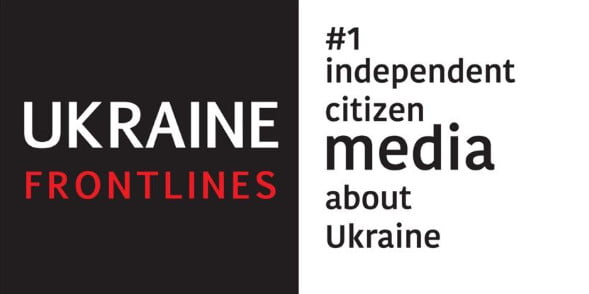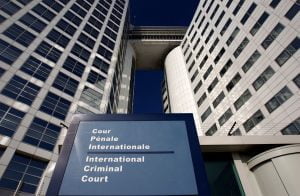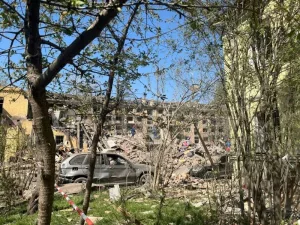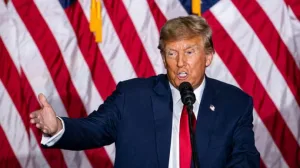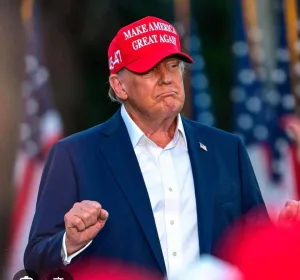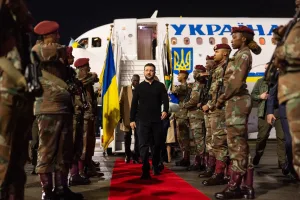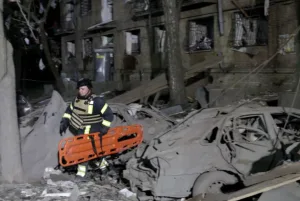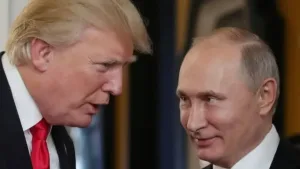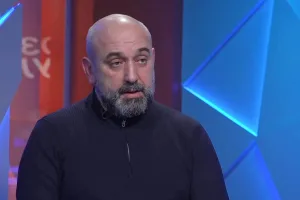The media has reported a so-called “peace plan,” which is allegedly the starting point for our future negotiations with the aggressor, involving the USA, China, and the EU.
Much of this plan has been revealed before, some parts are simply copied from the Istanbul Protocol, so the document seems authentic.
1. According to the plan, Ukraine must leave Donbas. However, it does not become part of Russia either—so, does it remain as the DPR and LPR? In any case, Donbas has determined its own fate and turned into a battlefield, and as a result, an area unfit for living. Ukraine will not be able to fully restore it, even with the help of partners. Russia also cannot, at most it can do as in Mariupol—bring in Buryats who are willing to live in a cemetery. And most importantly, why does Ukraine need such Donbas? Let it go into “free sailing,” I hinted at this back in 2014.
2. Russia transfers the Zaporizhzhia nuclear plant and a 100-kilometer demilitarized zone along the Dnipro to Ukraine. The nuclear plant is clear. The zone is not, as it further states the aggressor’s readiness to discuss the full return of Zaporizhzhia and Kherson regions to us.
3. Ukraine commits to supplying water to Crimea. I see no problems, especially since the plan further states that Crimea should become a demilitarized territory with dual subordination—Ukraine and Russia. By the way, I have repeatedly written about dual subordination as an intermediate stage of returning Crimea. Not because I am prophetic, but because it is a well-established international practice.
4. Introducing non-bloc status into the Constitution of Ukraine. I repeat: we do not need NATO, especially as it is now, when D. Trump’s entourage publicly claims that Article 5 of the NATO Charter does not at all imply direct military participation of the bloc in repelling aggression against a member country. That is, Ukraine should not count on real protection from NATO. So why?
5. Ukraine cannot have an army of more than 350,000, no more than 125 aircraft, and there are also restrictions on medium and short-range missiles. This is copied from the Istanbul Protocol. And, in my opinion, it is actual disarmament at the aggressor’s demand, and therefore unacceptable. But in practice, most of these restrictions can be circumvented, of course, if there is the will and skill.
6. The USA and allies lift sanctions against Russia on high technology, the banking sector, and so on. I see no threat in this point. Because the US and Europe will lift sanctions very slowly—it is a bureaucratic procedure. Therefore, this point is more about China, which very much does not want to fall under secondary sanctions.
7. Russia does not object to Ukraine joining the EU. Nor did it in Istanbul.
8. With the start of official negotiations involving all parties, a ceasefire on the front begins. Well, if this is not a unilateral ceasefire on our part, then no objections.
Overall, if this plan is true, it is acceptable for starting negotiations. What will come out of it is difficult to predict, but personally, I support a process that will allow a complete overhaul of the government in Ukraine. Because under the current conditions, we are losing the war, and we need to recognize this, as painful as it is.
Tags: peace plan peace summit peace talks Russia russia ukraine war Ukraine